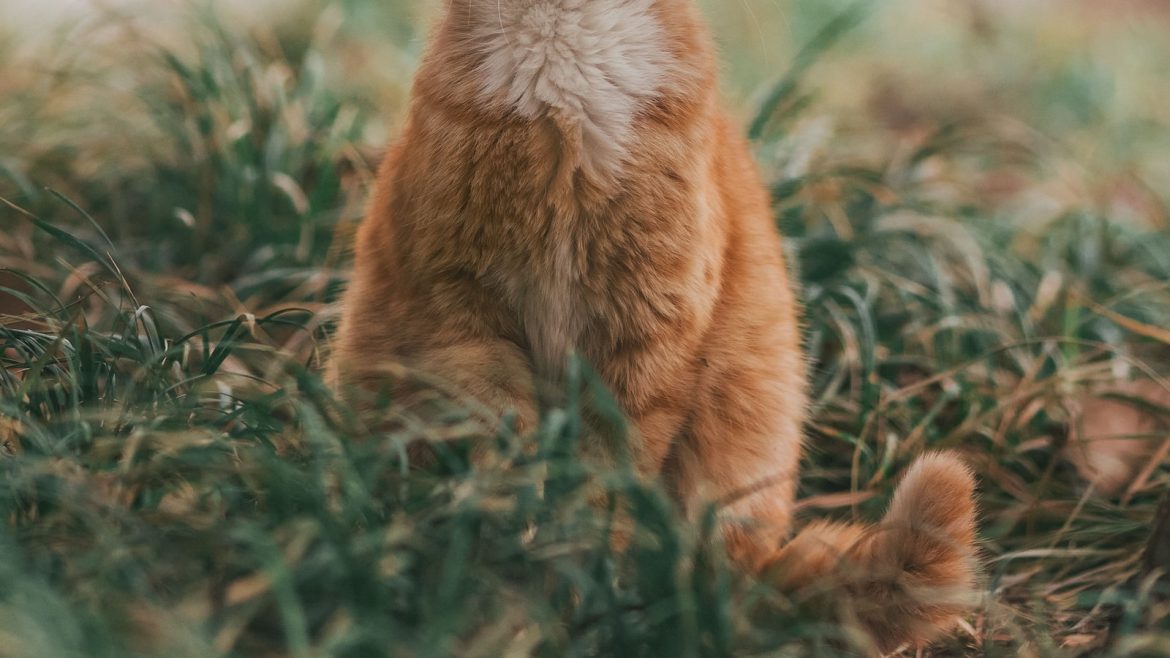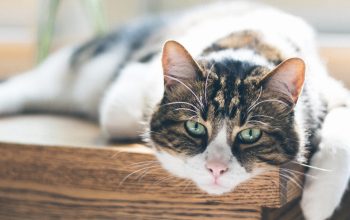How can alternative cat food options, explored in ”, benefit feline health and well-being
Feeding our feline friends is an essential part of responsible pet ownership. While traditional cat food in a bowl is the norm, there are alternative options you might consider to keep your cat happy and healthy. These alternatives provide variety in their diet, stimulate natural hunting instincts, and make mealtime more exciting for your furry companion. Let’s explore some cat food alternatives that go beyond the bowl!
1. Puzzle Feeders
Puzzle feeders are great for engaging your cat’s hunting instincts. These interactive toys challenge your cat to “hunt” for their food by solving puzzles to access their meal. Different types of puzzle feeders are available on the market, from treat-dispensing balls to maze-like contraptions. These not only provide mental stimulation but also help slow down your cat’s eating pace, reducing the risk of bloating or obesity.
2. Food Dispensing Toys
Food dispensing toys are similar to puzzle feeders but contain a more significant amount of food. These toys have small holes or slots that release a few kibbles at a time as your cat plays or rolls the toy around. This not only adds an element of play but also ensures that your cat has to work for their meals. This method can help prevent overeating and boredom-related behavior problems, giving your cat a healthy challenge.
3. Raw or Homemade Diets
Some cat owners opt for raw or homemade diets. While this approach requires research and consultation with a veterinarian or an animal nutritionist, it offers a more natural and unprocessed option for your cat. This alternative includes feeding your cat raw meat, bones, and organs or preparing homemade meals from fresh ingredients. It’s crucial to ensure a balanced diet with the right nutrients, so professional guidance is highly recommended.
4. Freeze-Dried or Dehydrated Food
Freeze-dried or dehydrated cat food is created by removing moisture from fresh ingredients while preserving their nutritional value. These foods often come in convenient packages, requiring rehydration with water before feeding. With minimal processing, they retain many nutrients and flavors that cats love. These alternatives are also shelf-stable, making them suitable for camping trips or situations where storing traditional wet food might be challenging.
In conclusion, while traditional cat food in a bowl is perfectly fine, exploring alternative feeding options can benefit both you and your feline friend. Puzzle feeders, food dispensing toys, raw or homemade diets, and freeze-dried foods can add excitement, physical activity, and variety to your cat’s meals. Remember, every cat is unique, so consult your veterinarian to find the best alternative that suits your cat’s specific needs. Happy feeding!
As cats become more and more loved and varied diets are adopted, there’s increasing interest in feeding trends like wet or raw diets, as well as more creative twists on traditional cat foods.
Cat owners have more food options than ever before. Dry food is the most convenient and affordable option for many cats, but many owners are now taking the leap to wet and raw diets in search of more benefits. The moisture content in wet food helps to keep cats hydrated while also naturally promoting healthy weight maintenance. Raw feeding options, which may require a specialized diet plan, offer superior ingredients and fewer additives. Many cat owners claim that their cats are more energetic and have healthier coats after trying these alternatives.
In addition to these more common food options, many pet parents are taking a more creative approach to their cats’ diets. Homemade meals can be tailored to a pet’s individual nutritional needs. Home-prepared meals can also reduce the risk of food allergies and sensitivities. For cats who have difficulty eating traditional kibble and wet foods, homemade purees add moisture which can make food more palatable.
For owners looking for a convenient way to serve unusual ingredients, there are now several commercial offerings that feature interesting proteins like wild-caught fish or grass-fed beef. Some of these recipes also feature novel ingredients like kale and chickpeas, further demonstrating that cats can, and should, enjoy a diverse range of foods.
No matter a cat owner’s preferred approach, the most important thing is to provide a species-appropriate diet. Cats are obligate carnivores, meaning that their diets should consist of mostly animal-based protein sources. Cats’ diets should also include a variety of minerals and vitamins which are not found in large quantities in commercial foods.
Alternative diets for cats are becoming more popular every day. While the conventional, kibble-based diet has remained the mainstay for cats, many pet parents are now exploring more interesting and healthful options for their furry friends. With some research and preparation, any cat can start enjoying meals beyond the standard bowl.





